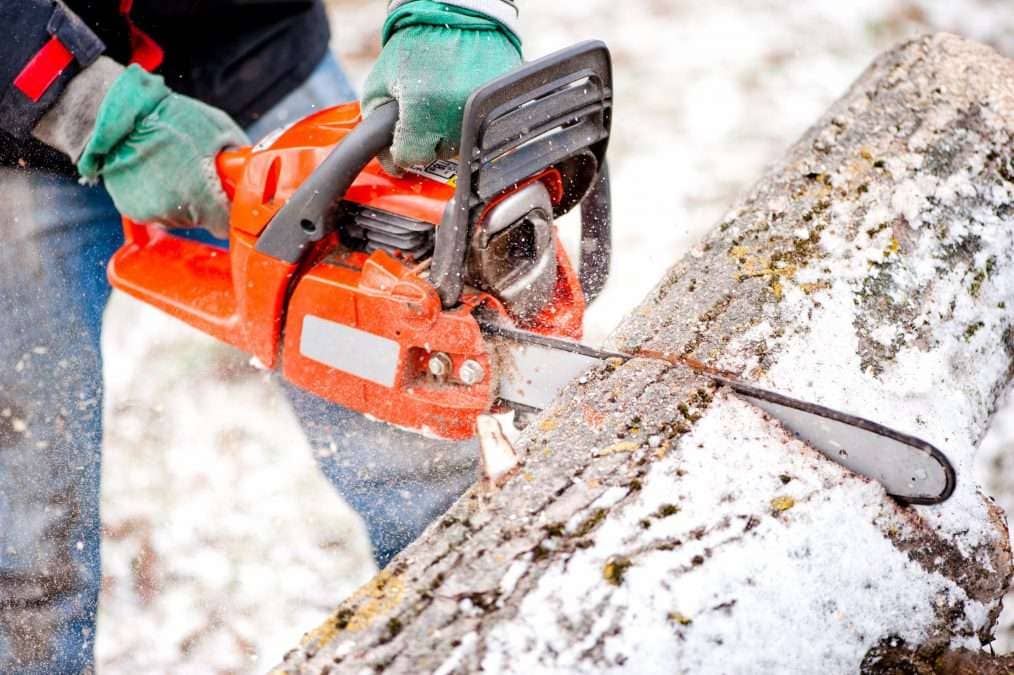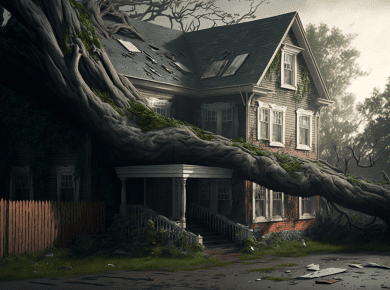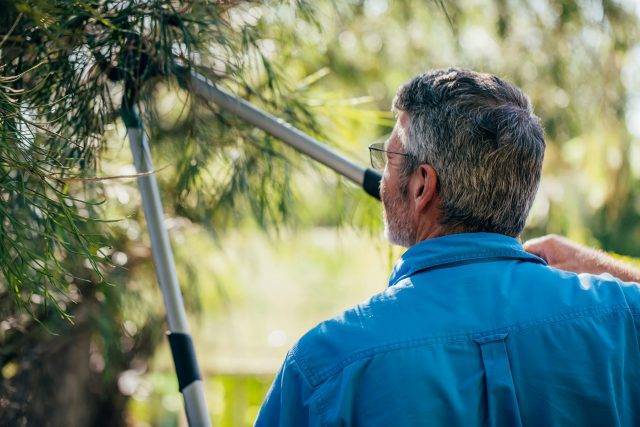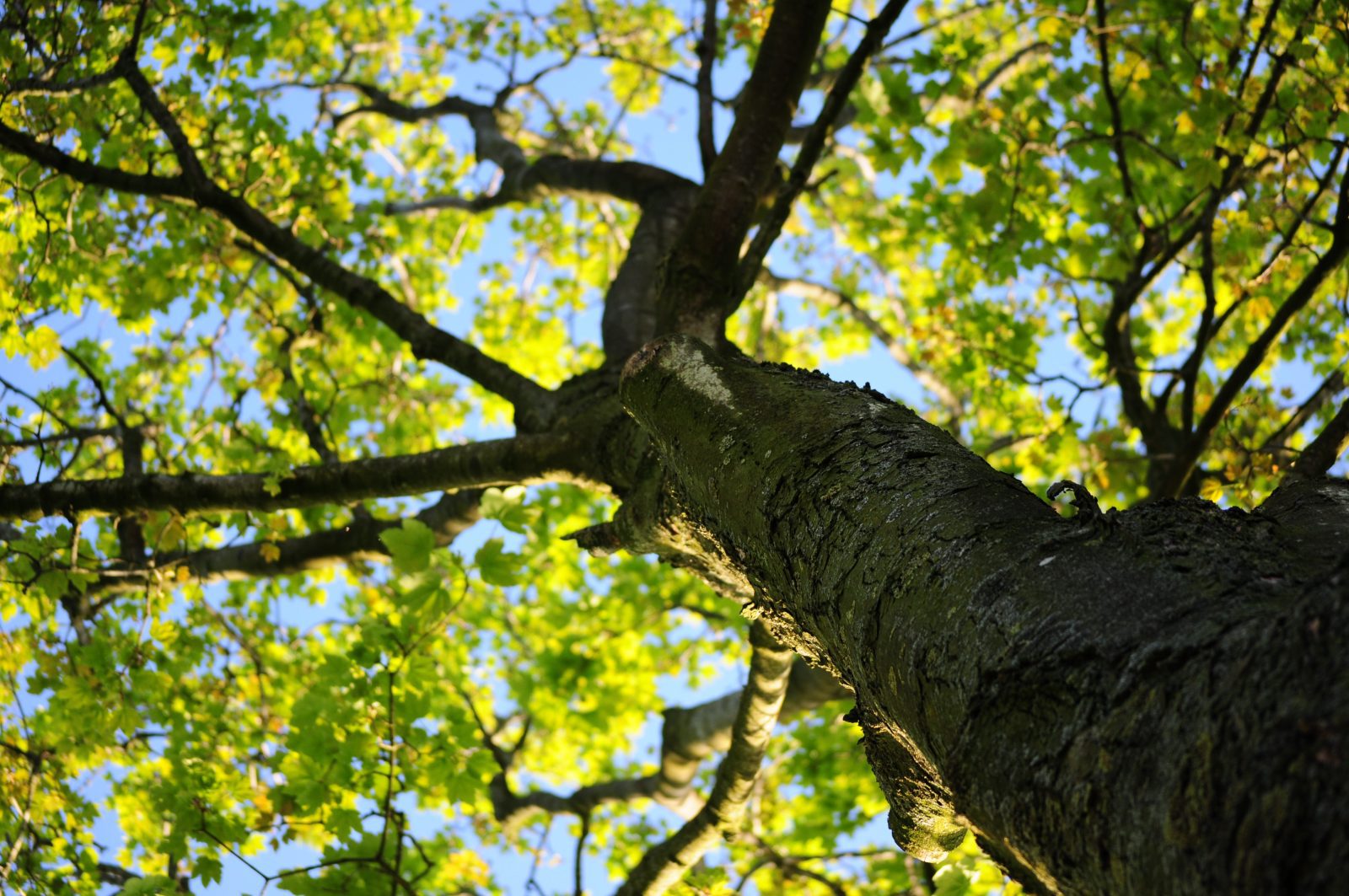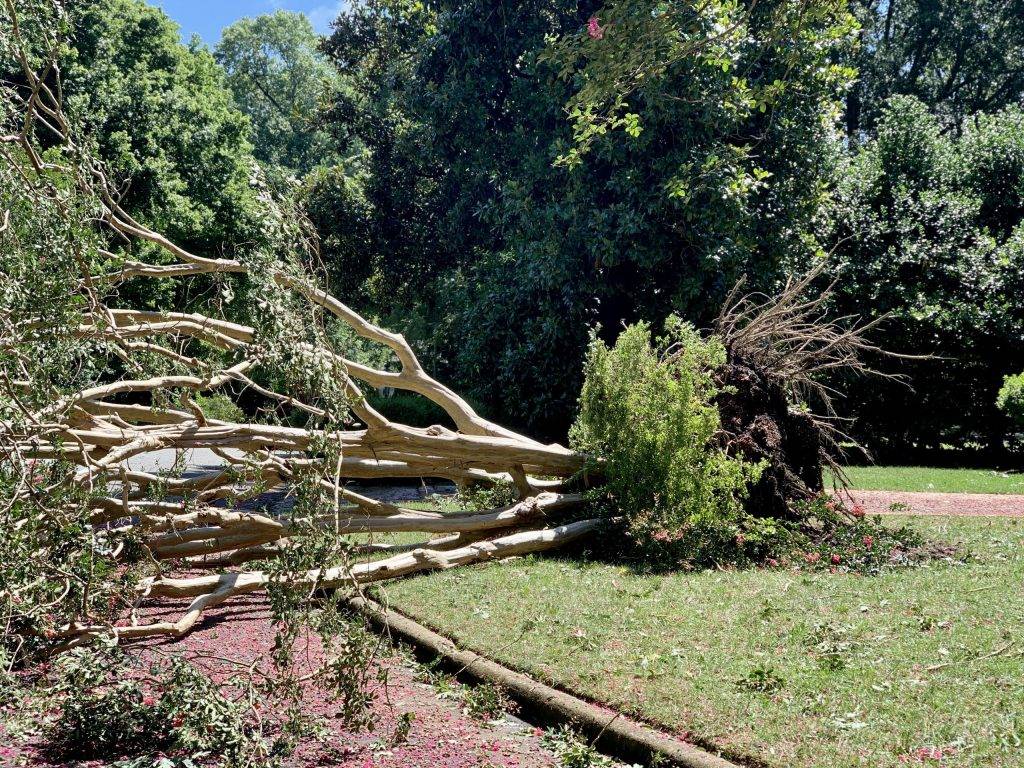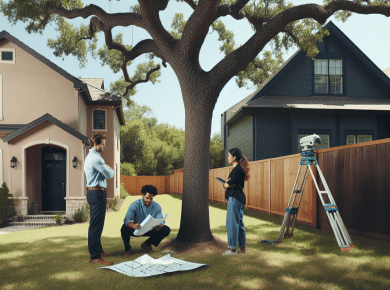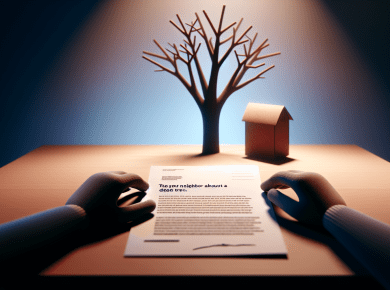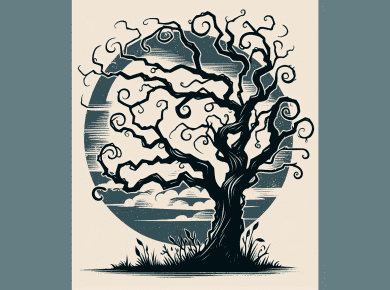As a property owner, it’s important to understand the legal ramifications of cutting down trees on your neighbor’s property. In most cases, cutting down trees without permission is illegal and can lead to fines, legal action, and damages.
State laws regarding trees on private property vary, so it’s important to familiarize yourself with the laws in your state. In general, however, it’s not legal to cut down trees on another person’s property without their permission, even if the tree is on the border of your property.
Here are some things to consider if you’re thinking about cutting down a tree on your neighbor’s property:
- Talk to your neighbor: Before taking any action, it’s a good idea to try to resolve the issue with your neighbor. They may be willing to work with you to trim or remove the tree, or they may be able to suggest an alternative solution.
- Check local ordinances: Some cities and towns have ordinances that regulate the size and placement of trees on private property. If your neighbor’s tree is violating these ordinances, you may be able to take action through the local government.
- Consult with an arborist: An arborist is a trained professional who can assess the condition and growth potential of a tree. They can help you understand the options for trimming or removing the tree and may be able to provide evidence for a legal case.
- Consult with an attorney: If you’re unable to resolve the issue with your neighbor or through local ordinances, you may need to consider taking legal action. An attorney can help you understand your rights and options and assist you with the legal process.
It’s important to remember that cutting down a tree without permission can have serious consequences, both legally and financially. If you’re dealing with an issue involving a neighbor’s tree, it’s best to consult with a professional before taking any action.
More information
Many people want to know: can one force one’s neighbors to cut down their trees, or can one cut them down oneself? Do you have the right to cut the branches of your neighbor’s trees growing on your property? If you forget who is behind your neighbors’ trees and cut them down without the council’s permission, let me reveal a secret. Sources: 2, 9, 18
I love trees, but if your neighbor exercises his right to prune roots on your land boundary, you have the right not to cut them down if you negligently damage their tree. You can take legal action and demand several things, including that your neighbors cut down the branches of your tree, grant permission to cut it down and pay the cost of pruning yourself. So be careful and careful before you decide to prune a tree and cut the roots, because if a court finds that a neighbor has not damaged the tree, he will be held liable for the damage. Sources: 11, 16, 23
Before you consider seeking help for yourself – help with dealing with trees – it is important to understand when you can take action against your neighbor without permission from the court or tree owner. For example, if a neighbor cuts off a part of your tree that hangs above your property line so that it looks awful but does not harm it in any way, you are entitled to restoration. Sources: 13, 20
If the neighbor does not remove the dangerous tree, he cannot be held liable. The basic rule is that if someone fells and injures a tree without permission, they owe money to the tree owner to compensate for the damage. If a tree owner, his neighbor or someone else falls without his permission or violates the trees, he must compensate him for his loss. Sources: 9, 11, 13
If a tree invades a neighbor’s property, the neighbor can sue to force the owner to cut off the branches even after the damage has been done. If the case is not about whether the tree is causing damage or affecting his property, he cannot force Phyllis to cut it down. To avoid liability, tree pruners should consider taking less drastic measures to avoid the risk of legal action from their neighbors or the property owner. Sources: 7, 11, 15
First, you cannot enter the tree owner’s property without permission and only cut along the boundary. Note: You have no right to enter your neighbor’s property and prune branches on either side of the property line without his permission. Sources: 1, 10
You must not enter your neighbor’s property to prune or remove trees or other plants without first obtaining his or her consent. However, you should not cut down part of a tree on your property and should not enter without consent or cut down trees at the property boundary. Sources: 0, 21
Felling the neighbor’s trees without his knowledge or consent only leads to a neighborly dispute that can take you to court. Sources: 5
A common question asked by Charleston attorneys is whether a person has the right to cut down a neighbor’s tree or branch that hangs over their property line. Sources: 23
If a tree trunk is on a neighbor’s property, you have the right to cut down any branch that goes beyond the boundary of the property, even if the tree is too close to a public power line. If a branch hangs over your property without your express permission, you have no legal obligation to prune it. However, if you want to take a branch or branch from the neighboring tree, it is a good rule of thumb to notify the tree owner before you do the pruning. You should not try to prune branches or roots over property lines if your neighbor’s tree has grown too public or over power lines. Sources: 4, 12, 17, 18
In this case, you almost always want to ask your neighbor for permission before cutting down the tree or shrub in this way. If your neighbors know your concerns, they can prune any part of the tree themselves when the branch enters your property, but if not, they will have to prune all branches above the offending vegetation or over land boundaries and can only prune branches that enter your property. Sources: 3, 6, 22
Thus, a landowner who is damaged by his neighbor’s tree may not cut down the tree to the extent that it invades his property or cut it down. If your neighbor is entitled to prune a part of a tree that reaches into his own garden, he may not go beyond the boundaries of the neighboring property on which that tree is located, unless he has pruned it or pruned or fallen another tree. The owner has the right to cut down or remove parts or lines of trees that extend on his property if these trees have caused damage. You may only prune branches hanging in the garden if half of your trunk is on your property and the other half is on the side of your neighbors, and you may only prune trunks if you share ownership of them.
Cited Sources
- https://www.legalscoopswflre.com/real-estate/are-your-neighbors-trees-growing-on-your-property/ 0
- http://www.problemneighbors.co.uk/problems-with-neighboring-trees-action-guide.html 1
- https://www.gotreequotes.com.au/cutting-neighbors-tree-overhanging-my-property/ 2
- http://blog.tarleyrobinson.com/?p=87 3
- https://www.equitylegalllp.com/california-tree-law/ 4
- https://www.tcia.org/TCIA/About/Press_Release/Before_You_Cut_Your_Neighbor_s_Tree.aspx 5
- https://www.carmichaelclark.com/news/land-use-and-natural-resources-law/can-i-cut-my-neighbors-trees/ 6
- https://blog.davey.com/2018/06/can-my-neighbor-force-me-to-cut-down-or-trim-my-trees/ 7
- https://gshoalaw.com/tree-disputes-2012/ 8
- https://www.timesonline.com/news/20180803/ask-attorney-bernie-trees-often-cause-conflict-between-neighbors 9
- https://altitude.law/resources/newsletter/what-to-do-when-a-neighbors-tree-strays/ 10
- https://www.stamfordattorney.com/2017/07/21/trees/ 11
- https://legalbeagle.com/8793714-texas-tree-limbs-hang-property.html 12
- https://www.nolo.com/legal-encyclopedia/neighbor-tree-damage-46933.html 13
- https://www.superlawyers.com/california-northern/article/when-a-tree-falls-in-california/76122a2a-0826-421b-9cc3-8de3c406aa34.html 14
- https://www.kts-law.com/nuisance-trees/ 15
- https://www.legal-news-california.tozerlaw.com/tree_law_california.html 16
- https://www.thebalancesmb.com/right-to-maintai-trees-over-your-property-line-4165795 17
- https://www.dfwtreeservices.com/can-make-neighbor-trim-trees/ 18
- https://www.adirondacktreesurgeons.com/tree-trimming/tree-trimming-etiquette-neighbors-rights/ 19
- https://bayarearealestatelawyers.com/neighbor-issues/get-your-tree-out-of-my-yard-an-overview-of-neighbors-rights-relating-to-roots-and-branches 20
- https://www.peoples-law.org/problems-neighbors-faq 21
- https://homeguides.sfgate.com/can-legally-cut-branches-hanging-over-property-line-84875.html 22
- https://www.charlestonlaw.net/cut-neighbors-tree-limbs/ 23

